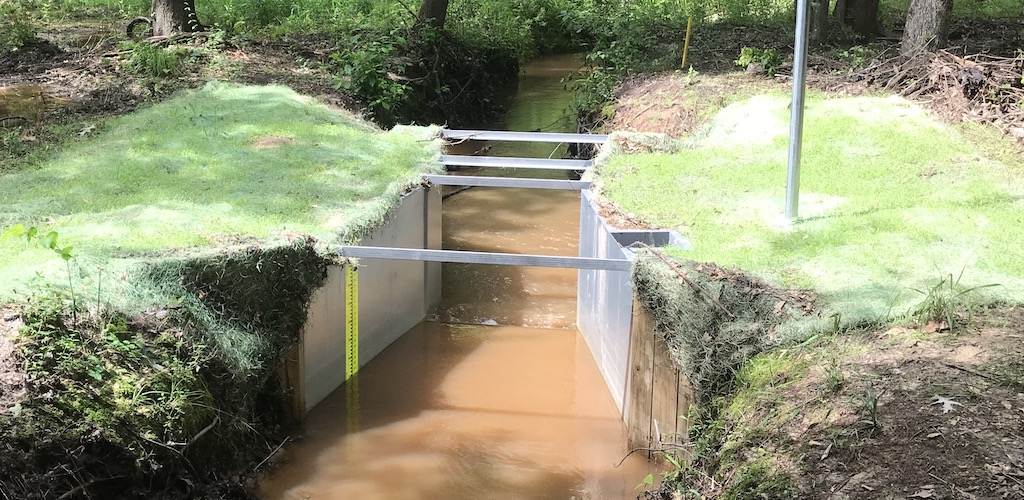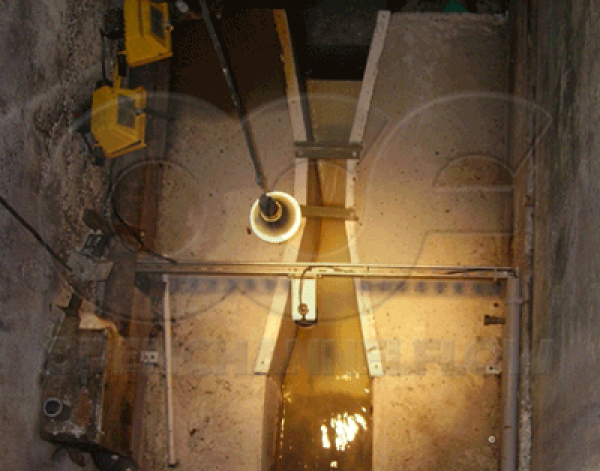This website uses a variety of cookies, which you consent to if you continue to use this site. You can read our Privacy Policy for
details about how these cookies are used, and to grant or withdraw your consent for certain types of cookies.
Calibrating Parshall Flumes

One of the advantages of using a device like a Parshall Flume is that, properly installed and applied, there is NO NEED TO CALIBRATE THE FLUME!
Now that doesn’t meant that you don’t need to periodically check to make sure the Parshall Flume isn’t clean and level, or that the upstream / downstream conditions haven’t changed - because they do!
Generally, before the flow season begins, it’s recommended that you do a site inspection.
You’ll want to make sure:
- The Parshall Flume hasn’t shifted out of position due to frost heave, animal traffic, or subsidence.
- If the flume has shifted - but otherwise in dimenision - corrections for settelment have been developed to still allow you to use the flume

- That the Parshall Flume’s flow surfaces are free of algae and other biological growth.
- The Parshall Flume is still in dimension - within 2% of the nominal dimensions. Throat width is particularly important.
- Verify the sidewalls are vertical - that frost heave, settlement, or soil conditions haven't bowed the walls.
- That the channel upstream and downstream of the Parshall Flume hasn’t changed and that vegetative growth isn’t impacting flow - particularly out. Maintenance may have to be performed to remove sediment and debris.

- Verify that the channel hasn’t experienced overtopping since the last inspection.
- If the flume has a staff gauge, take a look to make sure that gauge is readable - cleaning or replacing as necessary.
- Check the flow line of the flume - the high water mark along the wall. If upstream and downstream flow lines are close in elevation, the flume has been experiencing submergence for an extended period of time. Submergence will result in the flume overreading the actual flow rate. Like settling, corrections for submergence have been developed.

Finally, if there is a flow that is used with the flume, the location and calibration of that meter should be checked.
And that’s it!
Again, remember you are normally not calibrating the Parshall flume, simply making sure the conditions it operates in are still good!
Related Blog Posts
Explore more insights in our blog.

LOCATIONS IN ATLANTA, GA & BOISE, ID




